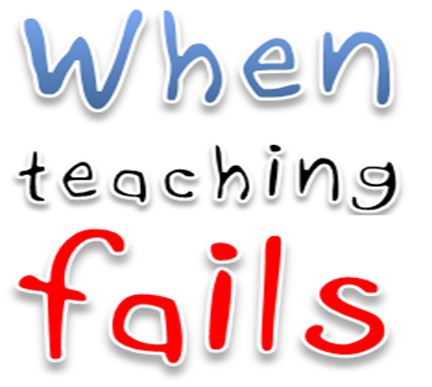Educational miracle worker Sugata Mitra doesn’t take on small challenges. His original breath-taking discoveries overturned everything we knew about early self-teaching. He’s back with enough equally shocking, more recent findings to justify you watching for fifty minutes.
Ok, so you can stop what you’re doing, right now. This may be the most amazing, hope-giving experience of your whole day. Or life. It may all be downhill after this. Especially if we somehow fail to take advantage of his work. I don’t know what else to say to make you watch.
http://www.youtube.com/watch?v=4P9sJ9o9LKY
I was completely blown away to discover that Sugata Mitra was the inspiration for ‘Slumdog Millionaire‘. But then again, so was he. Even after he’d seen the film.
Here’s a CNN clip showing the current state of Sugata’s original ‘Hole in the wall’ project.
Here’s a clip of an interview with Vikas Swarup, the author of the book (Q and A) that the film was based upon.
Despite widespread recognition of his work, there’s been enough time for other researchers to develop (admiring but critical) assessments of the questions which Sugata’s work raises about the role of teachers.
“I don’t think it is possible to not have mediators in such projects. I also think it is important to acknowledge that autonomous learning is deeply limited and that institutions such as schools have an important role in learning. That said, HiWEL and other such projects take on the role of a laboratory of ideas where they can serve as standing reminders of what we can do with new technologies, and what children are truly capable of. So it is important to have alternative learning venues that schools can learn from, and thereby improve themselves.”
Professor Payal Arora Erasmus University
Quoted in an article by Professor Janelle Ward (also from Erasmus University called :
Here’s a link to a paper in the British Journal of Educational Technology called:
Hope-in-the-Wall? A digital promise for free learning
The purpose of this study is not to deny the achievements and potential of such an approach in other settings, but to examine the tenets and sustainability of such initiatives. It is argued that there is a need to distinguish between Hole-in-the-Wall as an idea and as an institution and to reflect on the key suppositions on how unsupervised access, informal, public, self-guided and collaborative work can help in children’s learning.
The paper is by Payal Arora, Assistant Professor in International Communication and Media at Erasmus University in the Netherlands


